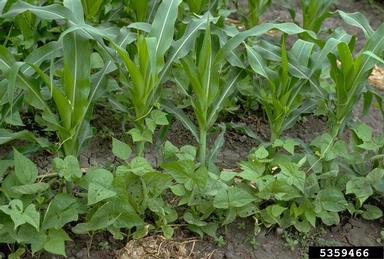eOrganic author:
Dr. Geoff Zehnder, Clemson University
In an insect pest management context, cultural practices may be considered as specific crop production practices that may be implemented in the initial stages of the organic farm plan to reduce the likelihood of insect pest infestation and damage. They are based on tactics to disrupt pest infestation of crops including:
- Making the crop unavailable to pests in space and time
- Making the crop unacceptable to pests by interfering with host preference or location
- Reducing pest survival on the crop by enhancing natural enemies
- Altering the crop’s susceptibility to pests
Notice that the emphasis is on practices that can help to prevent or avoid pest problems before they occur, rather than on tactics to suppress pests after they become a problem. Cultural practices are among the oldest techniques used for pest suppression, and many of the practices used in conventional and organic farming today have their roots in traditional agriculture.

Photo 1. A field corn/drybeans intercropping system in CIAT, Columbia. Photo credit: Howard F. Schwartz, Colorado State University, Bugwood.org.
Cultural practices form the basis of organic pest management programs because only a limited range of suppressive pest control tactics are available to organic growers. Effective deployment of cultural tactics is information intensive; it requires knowledge of pest-crop interactions and about natural enemies of pests.
It is usually the case that implementation of any single cultural pest control strategy alone will not be effective. The challenge for organic farmers (and researchers) has been to identify sets of site- and crop-specific practices that in combination are effective in preventing economic pest damage.
Key cultural practices used for insect pest management include:
- Farm/site location
- Crop rotation
- Soil quality management
- Sanitation
- Trap crops
- Tillage practices
- Host plant resistance
- Habitat manipulation/diversity
- Use of mulches
- Intercropping
- Alter planting/harvest dates



